Shuttercam 2021, Netherlands, Amsterdam
Empowering citizens to block camera lenses; exploring digital rights in public space
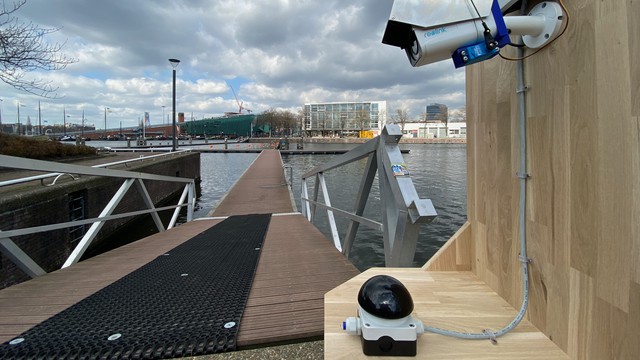
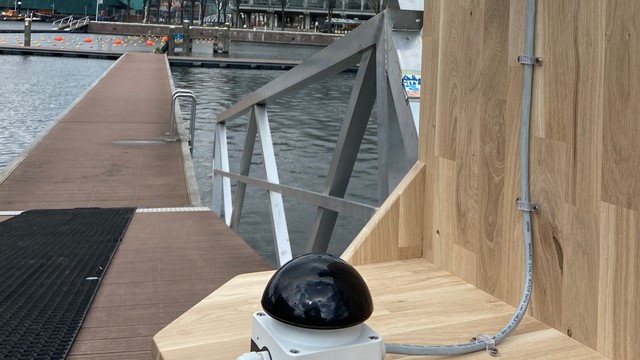
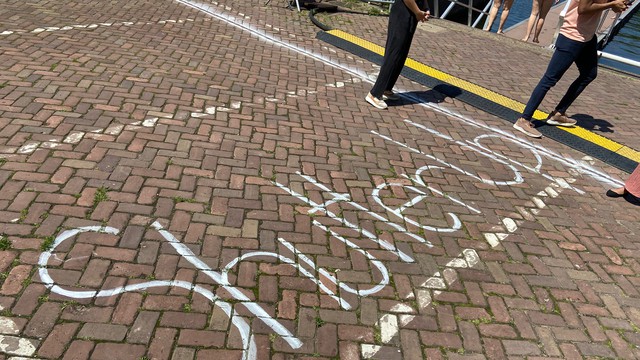

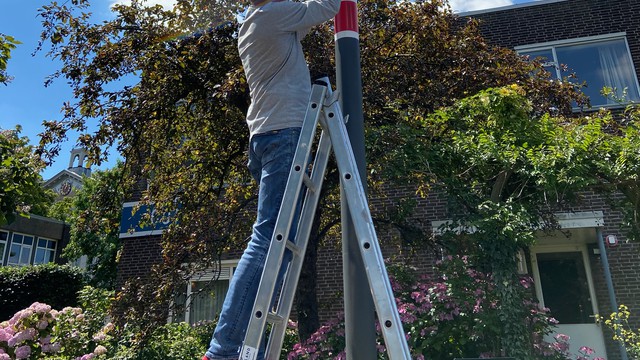
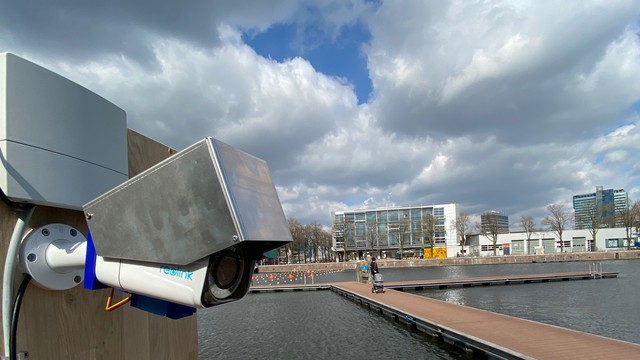
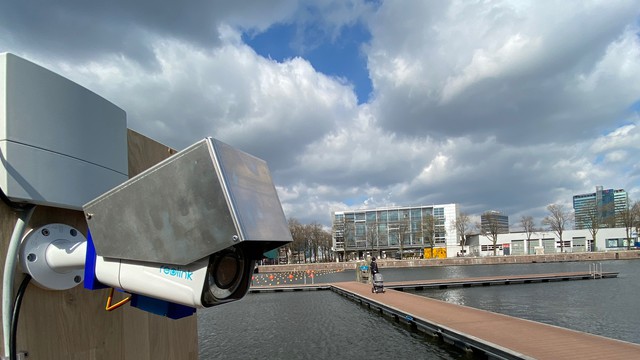
What if, just like laptop shutters many people have placed over their webcam, camera shutters would be placed over cameras in the city? Would people like to live in a city where all city cameras clearly show or state when they are not recording?
The Shuttercam project explores how cameras in public space can contribute to a ‘responsible’ smart city by integrating social values such as autonomy, privacy and transparency in the design of cameras. It originated based on the notion that citizens do not know if and when cameras in public space are monitoring or not. It also questions the necessity for many non-security related cameras in the city to be switched on indefinitely. By placing shutters over cameras in public space the Shuttercam project experiment with ways for the public to engage with them. The ultimate goal is to design cameras that gather necessary data for the city to operate, without losing the right of citizens to walk around freely and unobserved. Shuttercam is a project by the Responsible Sensing Lab, a collaboration between AMS Institute and the City of Amsterdam. The Responsible Sensing Lab explores how to integrate social values in the design of sensing systems in public space. The goal is to find out how smart technologies placed in public space can be designed in a way that makes the digital city ‘responsible’. With the Shuttercam project, the Lab is researching video surveillance and how it is related to digital rights of the public.
https://www.ams-institute.org/urban-challenges/urban-data-intelligence/responsible-sensing-lab/
Details
Building or project owner : Responsible Sensing Lab - City of Amsterdam & AMS Institute
Project artist/ concept/ design/ planning : Tom van Arman, Tapp
Structural engineering : Markus Pfundstein, Life Electronic
Descriptions
Urban situation : The Responsible Sensing Lab is initiated by the City of Amsterdam and AMS Institute. As society evolves rapidly, the use of innovative technologies by the City of Amsterdam is increasing. Smart technologies help the municipality to improve the quality of life in the city, to enhance safety, efficiency, sustainability and livability. Simultaneously, novel technologies could impact social values. The Responsible Sensing Lab explores how public and democratic values can be embedded in the design of innovations in public space. This contributes to the ambition by the City of Amsterdam to be a responsible, digital city. Shuttercam is one of the projects iniated by the lab.
Participatory architecture & urban interaction
Community or communities involved : Citizens of Amsterdam
Issues addressed : The City of Amsterdam has many smart technologies in place: from smart devices that measure things (i.e. sensors) to smart devices that steer processes in the city (i.e. actuators) such as traffic lights, charging stations, adaptable street lights, barriers that go up and down, and adaptive digital signs. On the one hand, innovations like these can help improve the quality of life in the city and enhance safety and efficiency, but also sustainability and livability. Simultaneously, such novel technologies can impact society quite broadly. They could have consequences for matters that citizens value greatly, such as autonomy, privacy, transparency, inclusiveness and empowerment. To illustrate: over 200 cameras are situated troughout the city. Citizens do not know if and when cameras in public space are recording or not. Shuttercam addresses this issue.
Next steps : Early April 2021 we start a pilot in Amsterdam. Three prototypes of the Shuttercam camera are installed at the Marineterrein. The first one is equipped with a shutter operating according to a set time schedule over the year. In winter the shutter is closed, in summer it follows a set time schedule during weekdays and weekend days. The shutter of the second camera follows the same time schedule but has a large push button. When passengers press this button, the shutter covers the camera for 15 minutes, like an opt out. The third camera is equipped with a shutter connected to a winding mechanism. This mechanism needs to be winded manually once a week to ensure the shutter continues to open and close according to the set time schedule.
Mediacredits
Tapp
TAPP
TAPP
TAPP
TAPP
Tapp & Life Electronic
Tapp & Life Electronic
Life Electronic